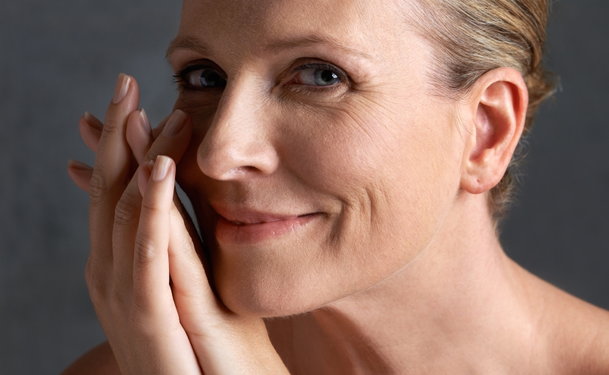Intense pulsed light (IPL) therapy uses a non-laser high-intensity source of light to treat spider veins, as well as a variety of other skin problems. IPL treats spider veins by heating and damaging the walls of the blood vessel. This causes them to collapse and disappear over time. IPL is most effective on small veins close to the surface of the skin.
How does IPL treatment for spider veins work?
When IPL is used to treat spider veins, also known as telangiectasias, the light generates heat in the veins. As with other spider vein treatments, this causes the walls of the vein to collapse and form scar tissue. Eventually, these veins will be reabsorbed by the body and fade away after several weeks.
In general, IPL affects the lower layers of the skin, rather than the top. This allows it to reach deeper structures, like the spider veins, without burning the surface of the skin.
Like laser devices, IPL devices can produce different types of pulsed light. Lasers produce light of a single wavelength (color), which allows them to target a greater number of skin and vein problems.
Light from an IPL device, though, includes light of many different wavelengths, which makes the light look white. The amount of each wavelength can be varied, which allows the same IPL device to be used to target and treat different vein and skin conditions.
The IPL device emits pulses of light. When these light pulses strike the skin, some of the light energy is converted to heat. How much heat is generated and in which parts of the skin depend upon the wavelengths of light included in the pulses.
What can I expect during an IPL treatment for spider veins?
Because IPL uses many wavelengths of light at the same time, it is most effective on veins that are visible at the surface of the skin. This therapy is sometimes more effective for spider veins on the face, rather on the leg. Your skin color can affect how much light is absorbed, which can also affect your results.
The procedure can be performed in a doctor’s office and takes 15 to 45 minutes, depending on the location and number of spider veins to be treated. You may also need to undergo multiple treatment sessions four to six weeks apart. The treated veins should fade after several weeks.
During the procedure you may feel hot snaps or a pinching sensation caused by the light pulses. Most people do not find this painful, although for some it may be more painful than the needles used in microsclerotherapy, another treatment for spider veins.
What is IPL treatment recovery like?
You will be able to resume your normal activities immediately after IPL treatment. You may have some redness or bruising on the skin near the treated spider veins. This should last only a few days to weeks.
If the treated area feels warm after the procedure, apply an ice pack for a few minutes at a time until the heat goes away. You should avoid hot showers, saunas and baths for the rest of the day. You should also avoid exposing the treated area to direct sunlight for three to four weeks, or use a high-SPF sunscreen.
What are the possible side effects of IPL treatment?
IPL treatment is a mild, non-invasive procedure, so side effects are minimal. IPL side effects can include temporary redness, blistering, or darkening or lightening of the skin.
Will my spider veins or reticular veins come back after IPL treatment?
The treated spider veins should not return. However, new spider veins may develop, especially if you have other underlying vein problems, such as varicose veins or venous insufficiency. Spider veins that develop after IPL will require additional treatment to resolve.
Will my insurance cover IPL treatment?
Private insurers generally cover procedures with demonstrated “medical need.” IPL procedures, though, are often considered cosmetic. Talk to your doctor about the medical necessity of your IPL treatment, and consult with your insurance company about your coverage options.
Updated Sept. 1, 2017


